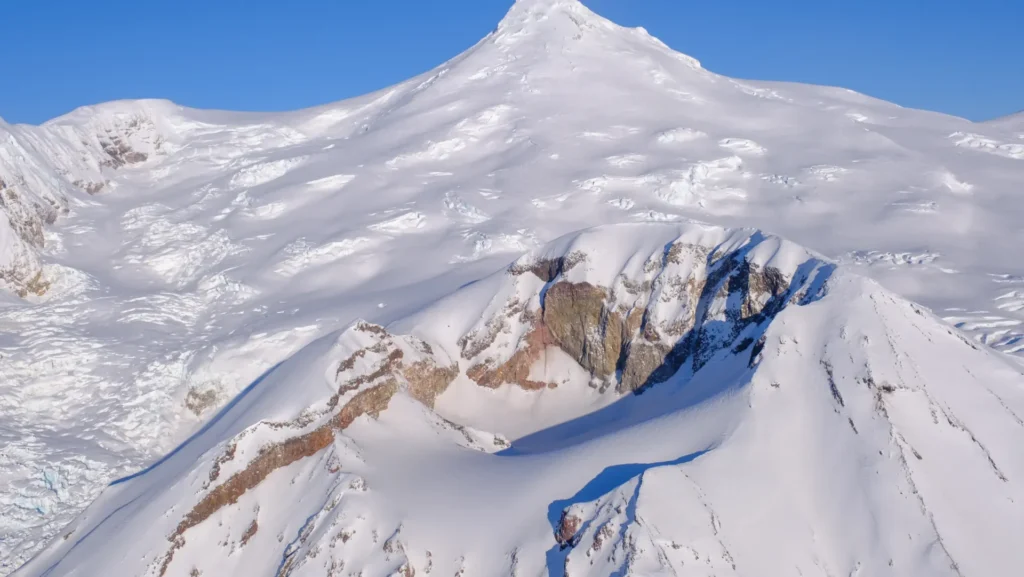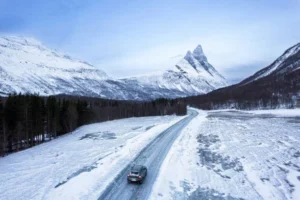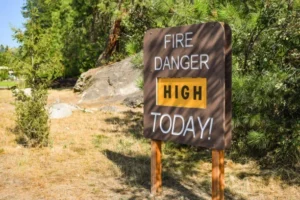Alaska officials warn Anchorage residents to prepare after Mount Spurr earthquake swarms signaled a possible volcanic eruption. Over the past week, the Alaska Volcano Observatory (AVO) recorded 55 earthquakes near Mount Spurr, many in swarms.
Scientists say swarms and quakes in rapid succession typically suggest that rising magma is stressing and cracking underground rock. AVO´s Matt Haney said an eruption, if it happens, would likely be explosive and push ash plumes up to 50,000 feet.
Emergency plans were rolled out across Anchorage, urging 300,000 residents to stock food, pet items, and medical supplies. Stores have seen N95 masks, bottled water, and protective gear as residents prepare for possible ashfall.
Officials warned that although Anchorage lies outside the immediate impact zone, ash clouds could severely disrupt daily life. Ash from eruptions irritates eyes, noses, and throats and worsens symptoms for people with asthma, lung diseases, or heart problems.
AVO said while recent ground deformation has paused, similar pauses occurred before past spikes in volcanic activity. Seismic activity near Mount Spurr began increasing in April 2024 and surged in October with up to 125 small quakes per week.
Although each quake remains minor, scientists believe the consistent swarms indicate pressure is intensifying beneath the volcano. Last Month, AVO detected elevated gas emissions from the summit crater and a nearby side vent, Carter Peak.
Carter Peak last erupted in 1992, covering Anchorage in a thin layer of volcanic ash. Satellite observations have not shown sulfur dioxide emissions recently, but clouds have blocked clear views of the volcano all week.
AVO confirmed it continues to monitor seismic signals closely and will issue alerts if activities rise to eruption levels. The earthquake may be subtle for now, but scientists warn that it could mark the beginning of a much more significant threat.












